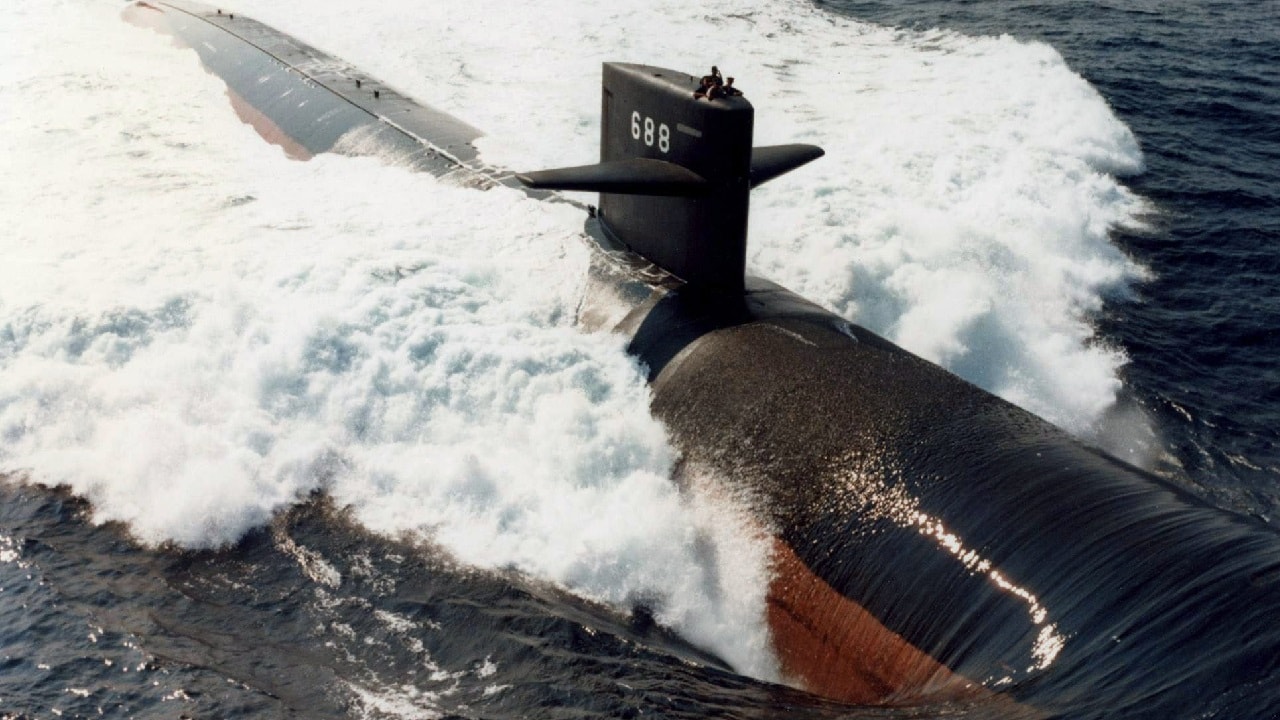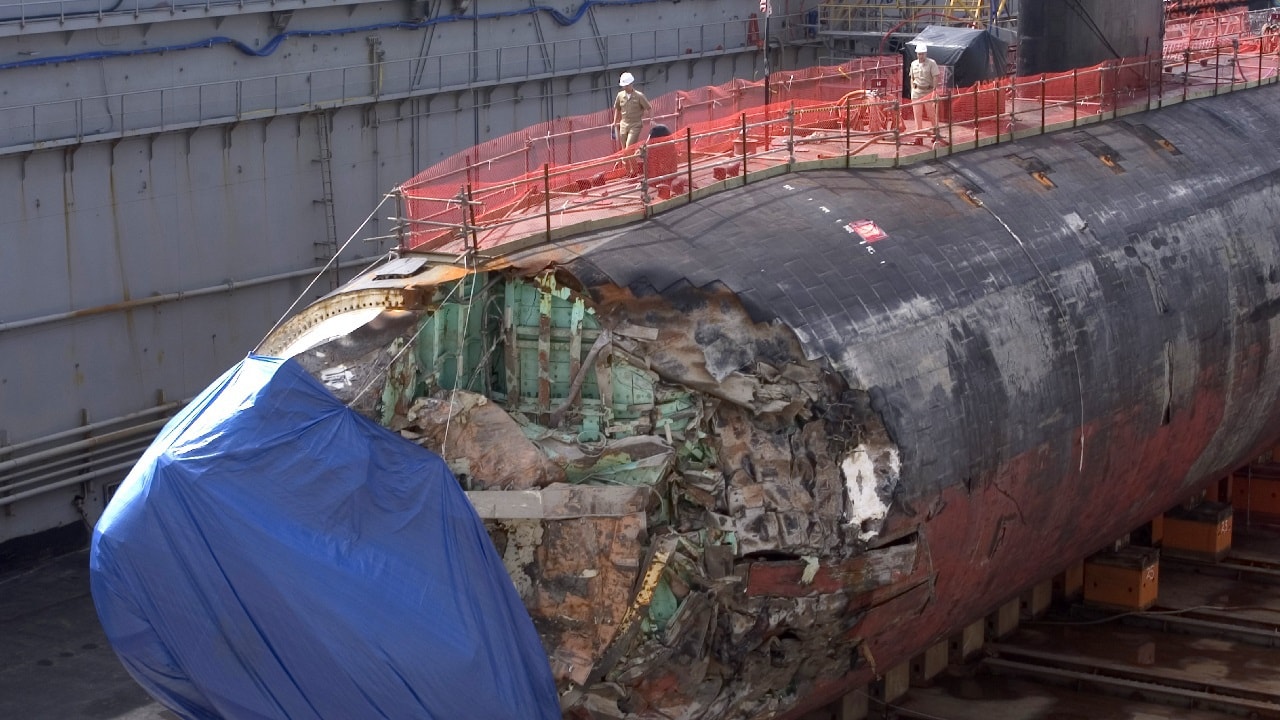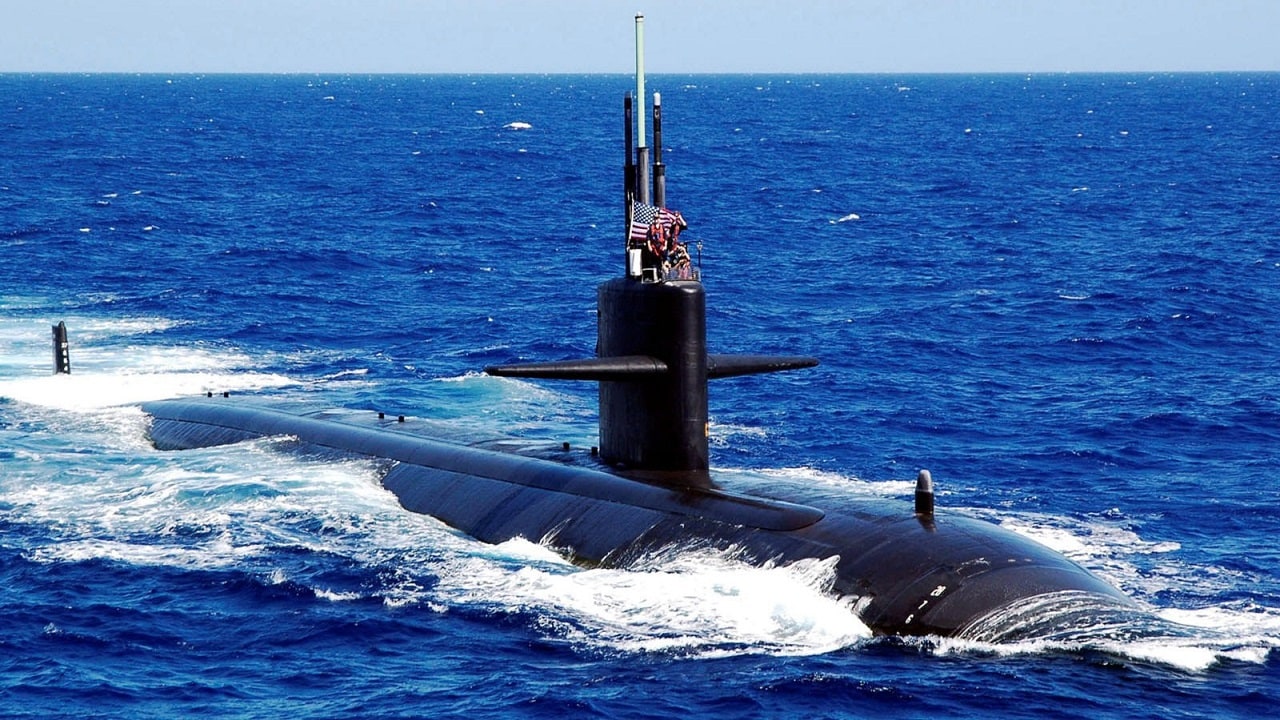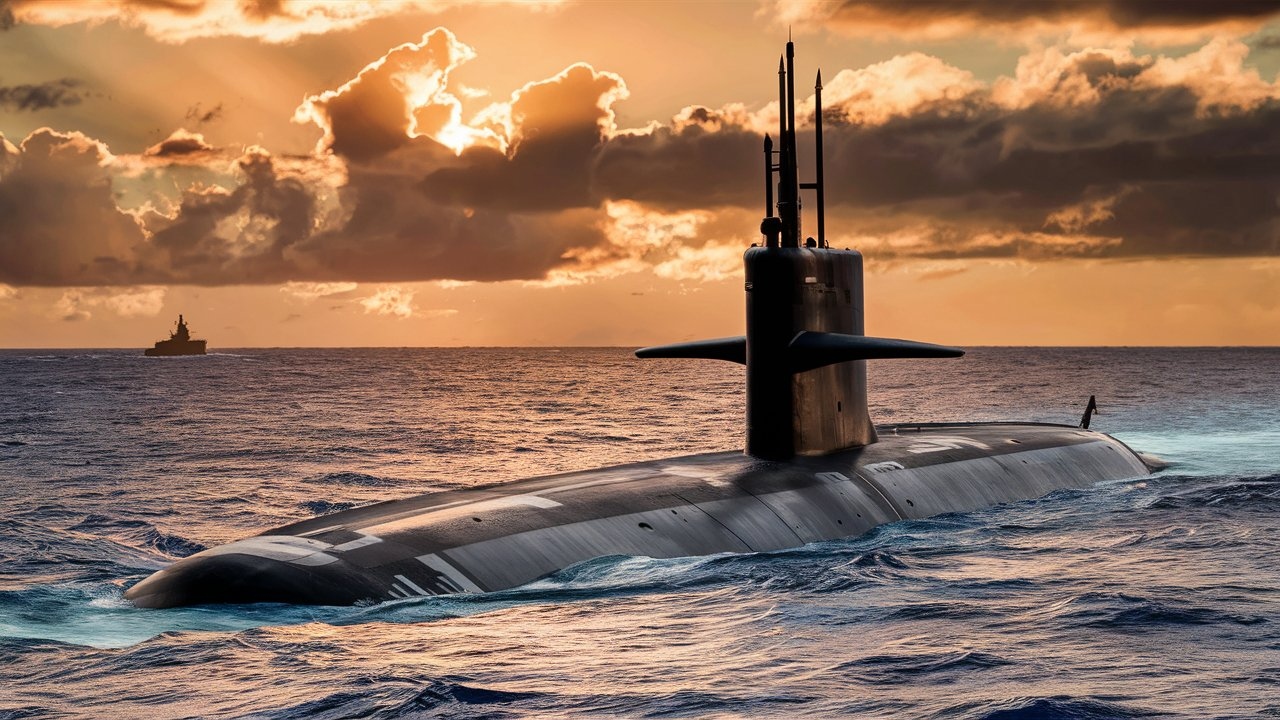Key Points – The Los Angeles-class (SSN-688) nuclear-powered attack submarines have served as the backbone of the US Navy’s undersea force for over four decades, often considered the most successful US submarine class.
-Introduced from the 1970s to replace Sturgeon-class boats, 62 were built. Known for their speed (25+ knots) and versatility, they perform anti-submarine/surface warfare, land strike (later variants feature 12 VLS tubes for Tomahawks), intelligence gathering, and special operations support.
-Equipped with advanced sonar and combat systems, these reliable submarines, famously depicted in The Hunt for Red October, are now being gradually replaced by the Virginia class.
The Los Angeles-Class submarine Still Is Dangerous
The Los Angeles (SSN 688)-class submarines are the backbone of the United States Navy’s submarine force, with 24 boats now on active duty and equipped with 12 Vertical Launch System tubes for firing Tomahawk cruise missiles.
The Navy procured 62 of these subs from 1970–1990.
The Los Angeles-class is considered the best and most successful submarine in the United States’ history.
The most famous Los Angeles-class submarine is probably the USS Dallas, SSN 700, which figured prominently in Tom Clancy‘s book Hunt for Red October.
The feature film of the same title starred Scott Glenn as Commander Bart Mancuso.
The Los Angeles class is a larger, faster successor to the Sturgeon-class submarines built in the 1960s. It features enhanced stealth capabilities and is equipped with advanced sensors, sonar, and a vertical-launch missile system.
The Los Angeles class could engage in surface warfare, undersea warfare, and support carrier battle groups.
Its capabilities include wartime functions such as undersea warfare, surface warfare, strike warfare, mining operations, special forces delivery, reconnaissance, carrier battle group support and escort, and intelligence collection.
The Los Angeles class submarines, built after 1982, are called “Improved 688s” (I688s). They are quieter, incorporate an advanced combat system, and are configured for under-ice operation. The diving planes on the submarine were moved from the sail to the bow, and the sail was strengthened to break through ice.
The I688s also have twelve vertical launch tubes for Tomahawk Cruise Missiles.
Los Angeles-class Specs:
The Newport News Shipbuilding Co., General Dynamics Electric Boat Division, manufactures the 688s with 16 Officers and 127 Enlisted crew members.
Displacement: 6082 tons ( surfaced) / 6927 tons (submerged)
Length: 109,73 meters
Beam: 10,06 meters
Draft: 9,4 meters
Speed: 25+ knots (46+ km/h), max.
Propulsion: 1 x Westinghouse S6G nuclear reactor / 26MW delivering 35000 shp / 1 shaft / 1 propeller
The subs use the Raytheon AN/BYG-2 Combat Control System and are designed to launch Tomahawk cruise missiles and Harpoon missiles vertically.
The sub can carry 26 torpedo tube-launched weapons, including Tomahawk missiles, Harpoon missiles, and Mark 48 ADCAP torpedoes to combat high-performance ships and fast attack submarines.
The submarine is fitted with four 533mm torpedo tubes in midships and a Mark 117 torpedo fire control system.
“The torpedo is capable of operating with or without wire guidance and uses either or both active and passive homing. It is equipped with multiple re-attack modes which operate if the target ship is missed. The torpedo carries out programmed target search, acquisition, and attack procedures,” Naval Technology wrote.
Los Angeles-class Subs, Put the Fast In Fast Attack Subs
While the exact speeds of the Los Angeles-class submarines are classified, the Navy has said the boat can travel at 25+ knots. Many naval analysts believe that the top speed is 30-33 knots. Tom Clancy thought the sub could rip off 37 knots (42.5 mph) at top speed.
The Los Angeles-class is powered by a General Electric S6G pressurized water reactor, a 165-megawatt reactor that drives two 26-MW steam turbines.
Each Los Angeles has an array of sensors and sonars, including the AN/BQQ-5 sensor suite, which gives the subs sonar capability. The AN-BBQ-5 was derived from the AN-BQQ-2 sonar system.
The Los Angeles-Class Is Slowly Being Phased Out
The submarines have had more than a 40-year career, and in the late 1990s, the Los Angeles-class was slated for replacement by the Seawolf class. But the Navy built only three of the advanced Seawolfs.
It wasn’t until 2004 that the Navy commissioned its first Virginia-class submarine.
The Navy has thus far produced 22 of the newest Virginia-class boats. And with each one commissioned, the Navy retires a Los Angeles sub.
The retired subs have served the Navy and the country well.
It may indeed be the most successful submarine in the history of the United States Navy.
Los Angeles-Class Submarine Photo Essay

Los Angeles-class attack submarine. Image Credit: Creative Commons.

The Los Angeles-class fast-attack submarine USS San Francisco (SSN 711) in dry dock to assess damage sustained after running aground approximately 350 miles south of Guam Jan. 8, 2005. The Navy former dry dock known as ÒBig BlueÓ is capable of docking ships that weigh up to 40,000 Long Tons. The Navy certified Big Blue for the one-time docking of San Francisco. San Francisco is the second fast-attack submarine to be attached to the forward-deployed Submarine Squadron Fifteen, home ported on board Naval Base Guam. U.S. Navy photo by Photographer’s Mate 2nd Class Mark Allen Leonesio (RELEASED)

US Navy Los-Angeles Attack Submarine. Image Credit: Creative Commons.

Los-Angeles Class submarine USS Annapolis.
About the Author:
Steve Balestrieri is a 19FortyFive National Security Columnist. He served as a US Army Special Forces NCO and Warrant Officer. In addition to writing for 19FortyFive, he covers the NFL for PatsFans.com and is a member of the Pro Football Writers of America (PFWA). His work was regularly featured in other military publications.

